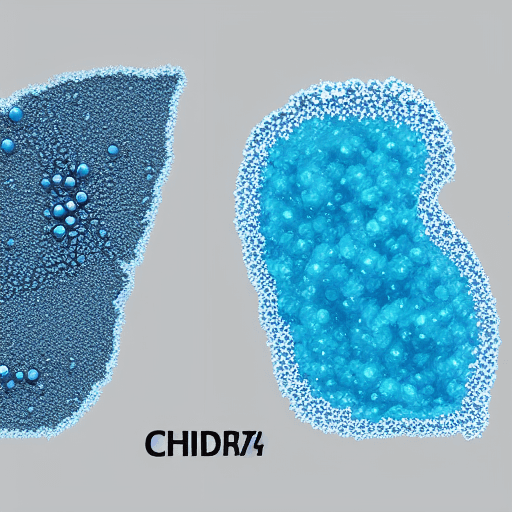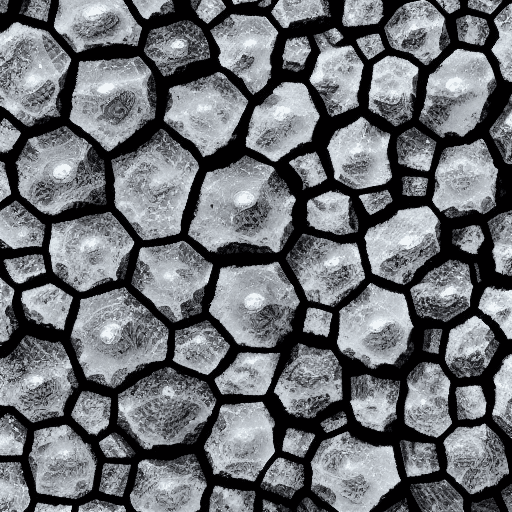We’re going to discuss the recrystallization process in detail, including the steps involved and the types of equipment that you will need.
We will also provide some tips for obtaining high-quality recrystallized products.
Recrystallization is a purification technique used to separate solids from liquids.
The solid material is dissolved in a solvent, and then the solution is filtered to remove any impurities.

Recrystallization is a process that can be used to purify compounds or remove impurities from a sample.
Explain It To A Child
Recrystallization is a way to purify a solid by separating it from a liquid. The solid is dissolved in a solvent, and then the solution is filtered to remove any impurities.
The solution is then allowed to cool, and the solid material will crystallize out of the liquid. The crystals can be collected by filtration or decantation.
What is recrystallization and what are its applications
Recrystallization is a process that occurs when a material is heated and allowed to cool slowly.
During this process, the molecules of the material align themselves in a more orderly pattern, resulting in a stronger and more resilient finished product.
While recrystallization can be used to improve the strength of metals and other materials, it is also often used to purify substances by removing impurities and defects.
In many cases, recrystallization is the preferred method for purifying materials because it is relatively simple and inexpensive.
As a result, it is used in a wide variety of industries, from manufacturing to pharmaceuticals.
Given its widespread applications, it is clear that recrystallization is a vital process for many industries.
The steps involved in the recrystallization process

Recrystallization is a process that is used to purify solids.
- The first step is to dissolve the solid in a solvent.
- The second step is to allow the solution to cool, which allows the desired molecules to crystallize out of the solution.
- The third step is to remove the unwanted impurities by filtration.
- The fourth and final step is to evaporate the solvent, which leaves behind the purified solid.
Recrystallization is a simple but effective way to purify solids, and it can be used on a variety of different materials.
The benefits of recrystallization
Recrystallization is an important process that can be used to improve the properties of many materials.

By allowing atoms to rearrange themselves into a more orderly structure, recrystallization can increase strength, hardness, and ductility.
In addition, recrystallization can also help to improve the surface finish of a material.
As a result, materials that have undergone recrystallization are often used in applications where appearance and performance are critical.
Despite these benefits, recrystallization is not always possible or desirable.
In some cases, it can lead to the formation of grains that are too large or too small for the intended use of the material.
As a result, careful consideration must be given to the benefits and drawbacks of recrystallization before it is undertaken.
Types of equipment you will need for recrystallization
In order to perform recrystallization, you will need a few pieces of equipment.

- First, you will need a heating source in order to heat your solution. This can be a hot plate, Bunsen burner, or even a stove.
- You will also need a container in which to heat your solution; this can be a beaker, flask, or pot.
- Finally, you will need a way to filter your solution; this can be done with filter paper and funnel or with a glass wand and Buchner funnel.
With these materials, you will be able to successfully perform recrystallization.
Tips for obtaining high-quality recrystallized products
When it comes to recrystallized products, quality is key.
Whether you’re looking for a higher-purity product or simply want to avoid impurities, following these tips can help you obtain a high-quality product.
First, be sure to select a reputable supplier. With recrystallized products, there is often a wide range of quality between suppliers.
Second, take care in handling and storing the product.
Recrystallized products are often sensitive to moisture and light, so be sure to store them in an appropriate environment.
Finally, pay attention to the manufacturing process.
Recrystallization is a complex process, and even small changes can impact the quality of the final product.
By following these tips, you can be sure that you are obtaining a high-quality recrystallized product.
Precautions to take while performing recrystallization
Recrystallization is a key process in many chemical reactions, but it is also one of the most dangerous.
Due to the nature of the process, there is a risk of explosion if the chemicals are not properly handled.
Simple precautions when performing recrystallization.
- First, always wear protective gear, such as gloves and goggles.
- Second, be sure to use a well-ventilated area.
- Third, never mix recrystallizing chemicals with other substances.
- Fourth, always follow the instructions carefully.
By taking these simple precautions, you can help to ensure that your recrystallization process is safe and successful.
Applications of recrystallization in the laboratory
The process of recrystallization can be used to purify an impure sample of a substance, as well as to obtain larger and more perfect crystals.
In the laboratory, recrystallization is often used to purify organic compounds.
The process begins by dissolving the compound in an appropriate solvent.
The solution is then cooled, which causes the compound to crystallize out of the solution.
The impurities present in the sample will generally not crystallize and can be removed by filtering the solution.
The resulting crystal-free solution can then be used for further experimentation.
In addition to its usefulness in purification, recrystallization can also be used to grow large, perfect crystals of the desired compound.
This is often important for X-ray crystallography, which requires large, well-ordered crystals for analysis.
By careful control of the cooling process, it is possible to grow crystals that are suitable for X-ray analysis.
Recrystallization is thus an important tool in both purification and crystal growth in the laboratory.
Article Sources
Jacks of Science sources the most authoritative, trustworthy, and highly recognized institutions for our article research. Learn more about our Editorial Teams process and diligence in verifying the accuracy of every article we publish.
